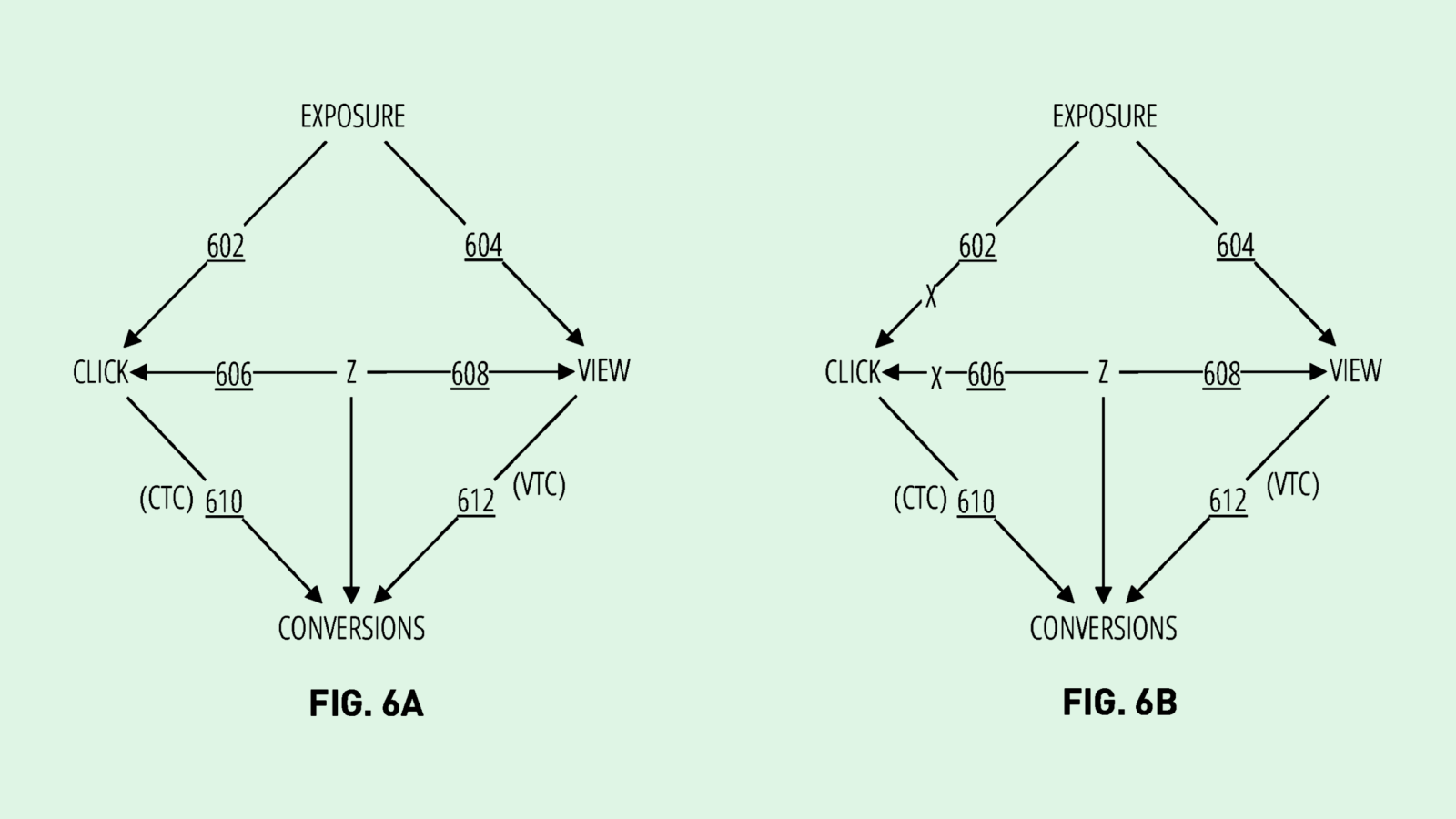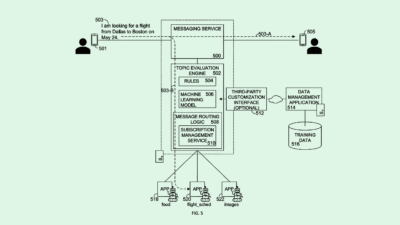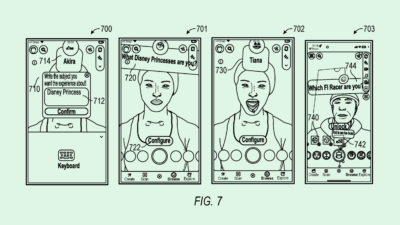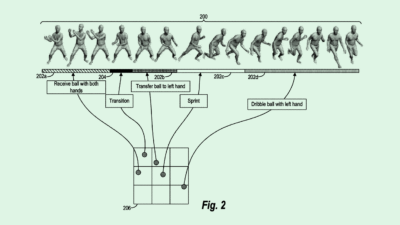EA Makes Internet Friends (plus more from Snap & Facebook)
gaming as a social network, detecting VR intrusions & personalized media.
Sign up to uncover the latest in emerging technology.
gaming as a social network, detecting VR intrusions & personalized media
1. Electronic Arts – Friends recommendations
EA (creators of games such as FIFA) is looking at helping people find friends to play games online with.
Generally, not everyone necessarily has friends that are playing the same games as them. However, playing with friends might lead to a game being more enjoyable. Moreover, playing a game online with friends may be more enjoyable than playing it with total strangers. Whereas games with strangers being opponents only last 1 session, games with friends can continue over many sessions over time.
EA’s solution is to make friend recommendations to players based on a number of parameters, including:
time or day when players play online
genre of games played by users
players skill level
This is interesting because gaming is underrated as being a social media platform. As we flesh out the virtual worlds where we hangout, gaming will be an extremely important context for keeping people engaged and interacting with each other.
While EA’s main motivation for now will be lifting the retention and engagement of gamers by funnelling them into social groups, I can imagine there’ll be more work being done to help people find their friends and groups in our future virtual worlds.
2. Snapchat – personalized stock videos
Snap is looking at building personalized episodes of a series using the avatars of you and your friends.
In this week’s filing, Snap reveal that they’re looking into another aspect of synthetic media, where a users’ selfie is incorporated into stock videos.
So the stock videos are created by video recordings of an actor wearing a mask. The mask serves as a marker for where a user’s selfie will be inserted. Furthermore, with a user’s selfie, Snap will manipulate the facial expressions of the user so that it matches the underlying actor’s in the original stock video.
Why is this interesting? Well, the filling in #039 discussed using a user’s bitmoji avatar to feature in personalized episodic series. This patent reveals that Snap may be looking at creating personalized series using a user’s actual face rather than just the bitmoji avatar.
3. Facebook – detecting intrusions in virtual reality
Facebook is thinking about how to detect VR / AR users of potential hazards in their physical space when wearing a headset device.
They’re thinking of doing this by asking users to draw out a physical boundary in which the user can safely move while playing the game. This will be done while wearing the headset and using the controller.
Facebook’s VR system will then create virtual walls around that boundary. If an object or another person enters the boundary space as seen by the cameras on a user’s headset, Facebook will alert the user of a safety hazard. In order to ensure that a user’s experience isn’t disrupted by false negatives, Facebook will only show alerts if an object has a high likelihood of being a threat.
If you’ve been following Patent Drop for a while, you would know that ‘space’ is a big problem that big tech companies are trying to solve with VR. Given we all don’t live in big rooms that are empty and that don’t have other people nearby, VR systems will need to find a way for users to be safe to play, while also feeling relatively ‘free’ to move in these immersive spaces.











